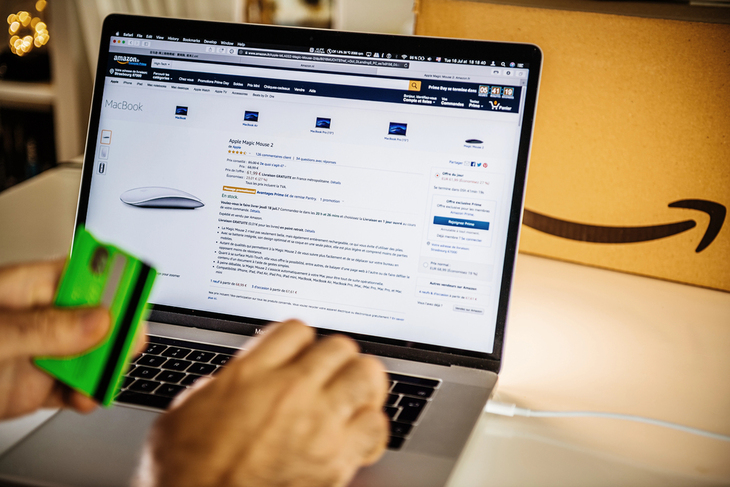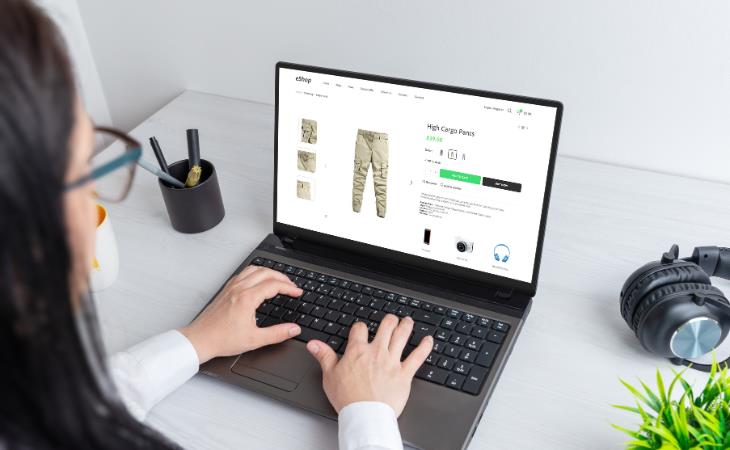

If a product has overwhelming five-star reviews with vague praise, it’s a red flag. Phrases like “This saved my life!” or “I can’t imagine living without it!” without explaining why are often written by bots or paid reviewers.
When these reviews are posted on Amazon soon after a product's release, it may seem as if the product has become an overnight bestseller. Look for details about the user’s experience. Did they describe how the product worked in their daily life? If a review feels too dramatic or reads like an advertisement, it’s worth questioning. Trust reviews that are straightforward, specific, and grounded in real experiences rather than those that sound like they were written to sell you something.
Genuine reviews often contain specifics like setup challenges or comparisons to similar products. If you don’t see such details, it’s worth digging deeper.

Pay attention to the timeline of reviews. If a product receives hundreds of reviews in a very short time frame, especially soon after being listed, it could indicate fake reviews.
Amazon sellers often pay for “review farms” to quickly boost a product’s reputation. Use tools like ReviewMeta or Fakespot to analyze review patterns. These tools can flag suspicious surges and show you whether the ratings are credible. Consistent review growth over time is a better sign of authenticity than a flood of glowing reviews at once.

Amazon marks reviews from customers who actually bought the product with a “Verified Purchase” badge. While not foolproof, this label adds a layer of credibility since it confirms the reviewer purchased the item through Amazon.
However, don’t rely solely on this badge—some sellers manipulate the system by giving away products for free in exchange for positive reviews. Cross-check these reviews with unverified ones for consistency. If verified reviews feel just as generic as the rest, proceed cautiously.
Negative reviews can be more revealing than glowing ones. Scroll down to the one- and two-star sections to learn about recurring problems.
For instance, does a vacuum cleaner break down after a month? Are customers complaining about misleading product descriptions? These details can reveal quality issues that fake reviews may attempt to conceal on Amazon. If all the negative reviews mention the same flaw, take it seriously—these are often the most honest insights.
Related: These Red Flags Indicate That a Shopping Website is Fake!
Click on the reviewer’s name to see their activity. Fake reviewers often post suspiciously large numbers of reviews in a short period of time. They might also review unrelated products, like a blender one day and hiking boots the next, all with similar praise.
Genuine reviewers typically have a mix of positive and negative feedback across different items, reflecting diverse experiences. If they’ve reviewed 15 products in one day or all their reviews sound strikingly similar, you might be looking at a fake account.

Customer-uploaded images can be helpful, but they’re not always reliable. Often, fake reviewers on Amazon stage perfect pictures to make a product appear more appealing.
Look for photos that show real-life use, like a messy kitchen counter in a blender review or a slightly worn sofa. Perfectly lit, overly polished images might indicate paid endorsements rather than genuine experiences.

No product is perfect, and reviews should reflect that. When you see a product with hundreds of five-star reviews but almost no constructive feedback, it’s worth taking a closer look. Real buyers tend to share both the good and the bad. For instance, they might praise a vacuum’s suction power but note that it struggles with thicker carpets.
Balanced reviews indicate authenticity, as they acknowledge a product’s limitations alongside its strengths. On the other hand, overly positive reviews that sound like marketing copy—especially when they lack specifics—are often fake. Look for patterns, and if something feels too good to be true, trust your instincts.

If a product is relatively new on Amazon but already has hundreds of glowing reviews, think twice. New listings don’t typically amass reviews overnight unless there’s an artificial push behind them.
Check when the product was first listed—Amazon provides this information under the product details. If the timeline seems suspiciously short, it’s worth being cautious.
Sometimes, the best tool you have is your gut feeling. If a product page feels off—whether it’s the tone of the reviews, the sudden popularity, or the overly polished presentation—don’t ignore that unease.
Amazon’s marketplace can be a mix of gems and duds, and fake reviews often leave subtle clues that something isn’t right. When in doubt, look for alternative options with more reliable feedback.
Related: Don't Believe Every TripAdvisor Review You Read...

One of the best ways to verify a product’s reputation is to compare reviews across multiple websites. For instance, a product with overwhelmingly positive feedback might have mixed or negative reviews on Walmart or Best Buy.
Cross-checking reviews allows you to spot inconsistencies and gives you a broader perspective. If the tone or content of reviews differs drastically between platforms, it’s worth being cautious. This extra step can help you avoid falling for manipulated feedback.